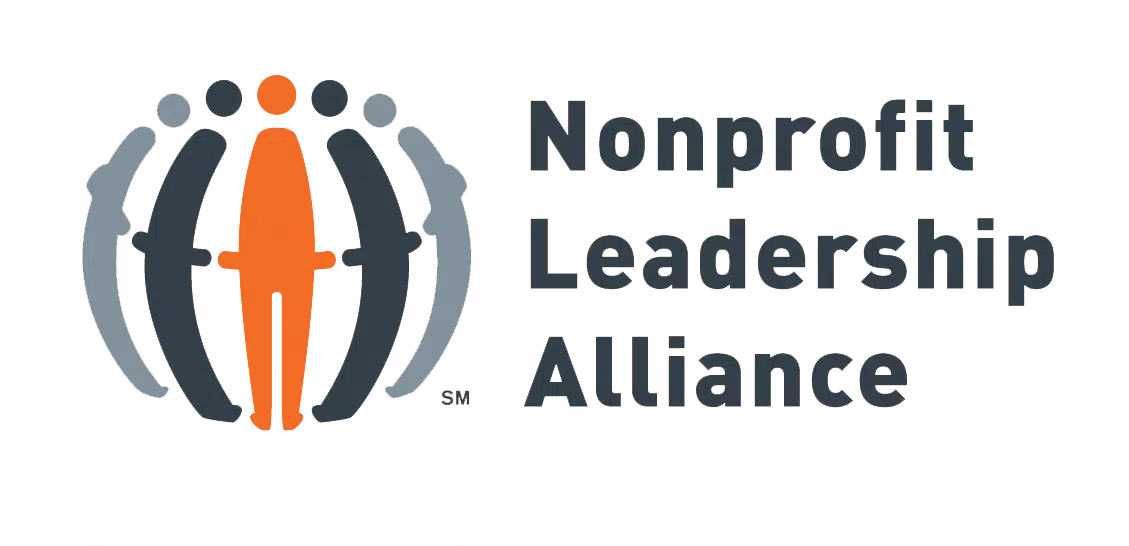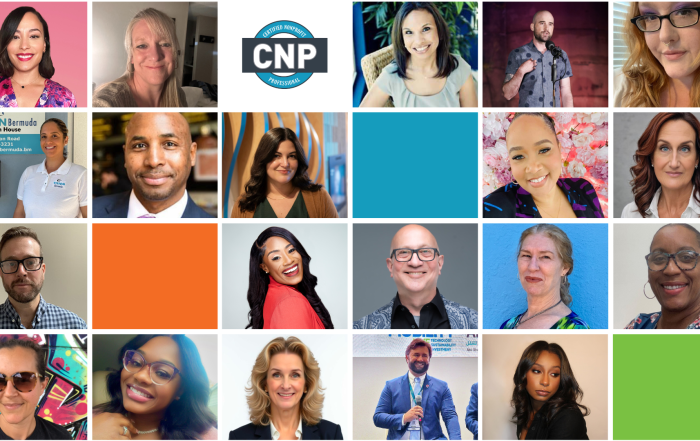In the context of both for-profit and nonprofit organizations, consistent branding makes an organization recognizable and memorable to its target audience. If you were to buy a pair of shoes that came in a box with the Nike swoosh on top or a laptop with an Apple symbol on the back, you’d immediately know what company made the product. And therefore, you’d know what level of quality to expect from it.
Although your nonprofit doesn’t use its brand to sell a product, you’re still selling something to your audience—your impact on the community. Consistently branding your communications emphasizes that your organization is professional, credible, and able to make a difference, leading more people to engage with you.
In this guide, we’ll share four tips for ensuring consistency in nonprofit branding across all of the print and digital marketing channels you leverage. If you aren’t sure where to start with these strategies or have additional questions, don’t hesitate to reach out to a nonprofit branding agency that can help you adapt your approach to align with your organization’s needs.

1. Create a Brand Guide
As your nonprofit scales up its marketing plan, it’s likely that multiple professionals inside and outside your organization will work on your communications. Provide guidance for all of these individuals by compiling your nonprofit’s core branding elements into a single document known as a brand guide.
Your brand guide should include guidelines for applying the following aspects of your brand:
- Colour palette. Define the primary colours that represent your nonprofit, as well as the secondary and accent colours that enhance your marketing materials. Include both general colour names and specific hex codes (for example, “light purple” might be #DDC1F5 or #ECD9F6) that you can input into any graphic design tool to get the same shade every time.
- Typography. Specify not only what fonts you’ll use in your communications but also the size, weight, and hierarchy of typefaces. For instance, if your primary brand font is Poppins, you might state that Poppins Normal 12 point should be used for paragraph text and Poppins Bold 18 point should be used for headers.
- Logo. Your logo is a visual expression of your nonprofit’s mission and a stamp of credibility on your communications. Include all approved versions of your logo in your brand guide (full-colour vs. black-and-white, horizontal vs. vertical orientation, etc.) so your team can choose the iteration that best aligns with each piece of content.
Additionally, consider the types of visuals you want to incorporate into your communications. Some nonprofits have distinct graphical styles, while others use more generic graphics and rely more heavily on photos—it just depends on how you want to represent your work.
2. Make Samples for Each Marketing Channel
Establishing well-defined guidelines is only the first step to achieving branding consistency. It’s also important to consider how the elements outlined in your brand guide will look in your marketing communications, especially those that are heavy on visuals.
At the end of the document, include branded mockups of each of the following communications:
- Your nonprofit’s website. Demonstrate how to incorporate your colour palette, typography, and visuals on core pages like your homepage, About page, and blog roll. It’s also a best practice to include your logo in the top left corner of your navigation bar so it’s visible everywhere on your website.
- Social media posts. Specify that your logo should be the profile picture on all of your nonprofit’s social media accounts, and create a few sample posts for Instagram, Facebook, and LinkedIn in your organization’s visual style.
- Flyers. Design several branded sample flyers that can be used for print or digital marketing of different campaigns and events. In particular, Getting Attention’s guide to fundraising flyers recommends testing different combinations of your brand colours for the text and the background to ensure the flyer is legible while representing your organization.
If your nonprofit’s leaders or board members regularly make presentations to audiences outside of your organization, create a branded presentation mockup as well. Conference attendees, prospective donors, and other external stakeholders will be more likely to trust the information if it’s presented via professional-looking, consistent slide decks.
3. Develop Templates for Frequently Used Communications
While email and direct mail are less dependent on visuals than other marketing methods, it’s still important to give them a consistent look and feel. However, your nonprofit likely sends hundreds of emails to individual supporters each week and may write dozens of letters throughout the year, making it difficult to brand every single message.
To save your team time, create a branded template featuring your nonprofit’s logo, fonts, and colours for each type of message you send most frequently. These may include:
- Donation requests
- Event invitations
- Sponsorship proposals
- Thank-you messages for donors and volunteers
Although templates can reduce the effort you put into these communications, ensure your messages retain a personal touch. Include spaces in your templates to add the recipient’s name and other unique details to show that you value their support.
4. Consider Messaging in Addition to Visuals
When discussing branding, visuals are usually the main topic of conversation, which is what we’ve focused on so far. However, Loop’s nonprofit branding guide explains that your brand extends beyond how your marketing materials look to how you write about your mission and work.
To ensure consistency in brand messaging, develop guidelines for the following aspects of written communications:
- Tone. This is the “voice” in your writing that expresses your organization’s personality and values. For example, are you compassionate? Optimistic? Trustworthy? Or something else?
- Diction. Your words should give an accurate impression of your nonprofit’s work. Do you “help” people or “partner with” them? Are you an “environmental nonprofit” or a “conservation organization”?
- Mechanics. Even the structure of your writing can influence whether audiences perceive your messaging as consistent. Do you follow a specific style guide like the Chicago Manual of Style or the Associated Press (AP) Stylebook? Do you always use the Oxford comma, or only include it when it’s absolutely necessary?
Keep in mind that you’ll likely need to adapt your messaging strategy slightly for different communication channels. A 200-character Instagram caption calls for different stylistic choices than a 2,000-word blog post. However, your tone and word choice should be as similar as possible across all channels, and your writing mechanics should at least be consistent within each type of message.
As your organization grows and changes, your brand should similarly evolve. Treat your brand guide as a living document and ensure that you can easily update it. Then, apply your new brand guidelines across all of your marketing channels at the same time, and communicate with your audience in advance so they’ll come to recognize and remember your new brand.
About the Author
Joshua Layton is a multi-disciplinary social-impact designer based on xʷməθkʷəy̓əm Territory (currently known as Vancouver, Canada). Having worked with some of the leading non-profit organizations at both grassroots and global scales, Josh enjoys exploring the intersections of design and social good. He is particularly passionate about creating brand and web experiences for changemakers addressing issues of 2SLGBTQ+ rights, criminal justice, and food security. Josh co-founded Loop: Design For Social Good in 2012, where he collaborates with an inspiring creative team and clients across the social impact spectrum.
Did you enjoy this story?
Get nonprofit tips and tools delivered right to your inbox by joining The Nonprofit Leadership Alliance Newsletter. Our bimonthly newsletter will make sure you know what’s happening with our network of social sector leaders.
Why Nonprofit Emails Go Unread — And How To Change That
Nonprofit organizations depend on email as a key communication tool for engaging supporters, sharing impact stories, and driving donations. Yet many nonprofit emails remain unopened or ignored, limiting their reach and effectiveness. Understanding the factors
Types of Tools to Strengthen Your Grants Compliance Approach
When grant funding is an important revenue source, grant compliance becomes critical to nonprofit success. Without it, grant funding could be jeopardized, putting vital programs and initiatives at risk. This makes optimizing your grants compliance
Introducing April 2025’s Certified Nonprofit Professional (CNP) Cohort
The Nonprofit Leadership Alliance is proud to introduce April 2025’s Certified Nonprofit Professional (CNP) Professional Track cohort! This group of nonprofit professionals have begun their six-month journey, participating in one of only four cohorts offered



